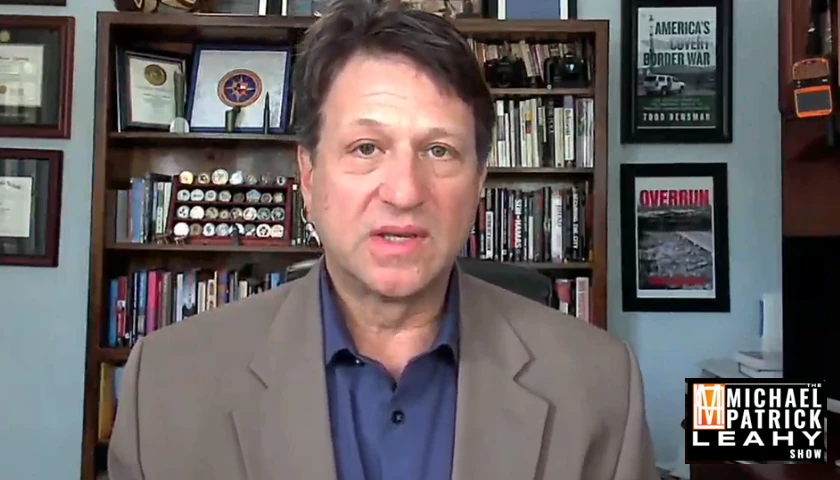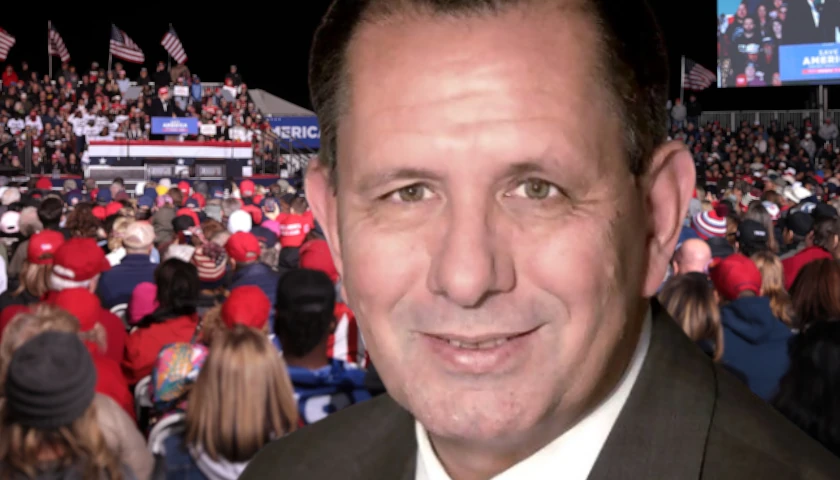Live from Music Row, Monday morning on The Tennessee Star Report with Michael Patrick Leahy – broadcast on Nashville’s Talk Radio 98.3 and 1510 WLAC weekdays from 5:00 a.m. to 8:00 a.m. – host Leahy welcomed Editor-at-large for RealClear Investigations, Ben Weingarten to the newsmaker line to discuss his recent article uncovering the rise of media literacy and the indoctrination of America’s children.
Leahy: We are delighted to welcome to our newsmaker line, Mr. Ben Weingarten with RealClear Investigations. A great article, Ben, by you last week, The Problematic Rise of Media Literacy Education. Welcome, Ben to The Tennessee Star Report.
Weingarten: Thank you for having me. I really appreciate it.
Leahy: So what is this thing, media literacy education?
Weingarten: Media literacy education is framed by the teachers and librarians who promote, and the politicians for that matter, as being very neutral and apolitical about teaching kids both how to separate the wheat from the chaff when it comes to the content they consume and its veracity, as well as the credibility of the sources that they go when they look up information in school.
However, when you peel back the layers of the onion and you actually look at what it means to scrutinize content that the media delivers and the like, what you find out is that the training materials themselves generally point people to left-wing sources.
There is a discipline within media literacy called critical media literacy which is a derivative of critical race theory and a Marxian lens essentially for breaking down and deconstructing media messages. And this is framed much more broadly in the context of the politicians who promote this as being about helping our kids combat harmful, mis and mal information, which as we all know now via the Twitter files and numerous other revelations, is oftentimes really a Trojan horse combating information that conflicts with the prevailing ruling class establishment orthodoxy on a whole slew of issues.
So this media literacy education is being promoted increasingly in states across the country. In my native New Jersey, it’s now being incorporated by mandate into the K through 12 curricula, and it may well be coming to a public school near you unless people are awake to it.
Leahy: How many states currently promote this propagandistic media literacy education?
Weingarten: There are over a dozen states right now that have some form of media literacy law on the books they’ve been passing, or at least pending in many states at an accelerating rate really since 2016, which of course correlates with and there may be causation with the rise of President Trump.
And of course one of the ironies here is that this moral panic that’s been blown over myth and disinformation has been rooted in itself as information operations arguably. That is Trump-Russia collusion and f course, the Hunter Biden laptop story arguments that were made about the Chinese coronavirus claim that they were mythed in disinformation that ultimately proved to be settled by science and true. So this whole moral panic should be viewed as one of the derivatives of it.
That you already have in effect, a censorship regime that has been imposed via social media and directed by our U.S. government. And now you have it potentially coming into K through 12 schools and about a dozen states have pending legislation this year already. So this is a fast mushrooming movement here.
Leahy: Where’s the money coming for groups like Media Literacy Now? The advocacy groups pushing for this kind of propaganda in K-12 public schools?
Weingarten: There are two major organizations that back this. As you noted one is Media Literacy Now, which is a relatively modestly funded group, but behind many of the legislative pushes throughout the country, and they have their chapters in almost every state. There’s another major organization called NAMLE, and that organization hosts an annual conference on media literacy, which is backed by major heavy hitters in terms of the think tank/nonprofit world, the Big Tech companies, and a whole codery of educational organizations as well.
Plus the U.S. government itself. And that obviously should raise an antenna a little bit. Both Media Literacy now and NAMLA have received grants or awards from the US State Department. And this parallels something by the way that we just saw in bombshell testimony and documentation from Michael Shellenberger and Matt Taibbi about the Twitter files where they laid out the censorship industrial complex and showed that you had the U.S. State Department funding these anti-disinformation efforts across a whole slew of fact-checking or research organizations.
So there’s another analog here and it suggests that potentially schools might become another node in the censorship industrial complex, as they call it, and that media literacy is one of the wedges into it. There’s also been federal legislation that’s been proposed that incorporates funding for media literacy education. It hasn’t passed yet, but stand by, it may well.
Leahy: NAMLE stands for National Association for Media Literacy Education. It’s been around since 1997. And it looks like all the usual suspects are sponsors of it, the Big Tech companies, et cetera.
Weingarten: That’s right. And what’s remarkable is you look at this organization and perfectly illustrates the kind of slippery nature of media literacy. If you look at how they describe media literacy, it’s all about looking at the funding behind sources and what kind of message are they trying to amplify here.
Looking at things with a very skeptical eye in scrutinizing them, which, by the way, everyone obviously should look at media with a very skeptical eye. There’s always a reason behind the message. There are a million ways that a message can be slanted, but then you actually dig a bit deeper and you look at the content of their conferences and what do they promote?
Media literacy through a DEI lens. There’s actually a direct quote. Many people see media literacy as social justice in and of itself, and it’s worth noting the purpose of media literacy that its promoters always tout is about civics. But what do they mean by civics? They mean political activism and not in a conservative direction.
Leahy: I can tell you what they don’t mean because we’ve got a little National Constitution Bee that we’ve done here based upon a book called A Guide to the Constitution and Bill of Rights for Secondary School Students that I’ve co-authored.
We’ve been doing this for six or seven years now and we give scholarships out to kids. Let me just tell you this. K-12 public schools throughout the United States and also in Tennessee have very little interest in promoting that particular project. That’s not their idea of civics.
Weingarten: Look, we see federal judicial nominees as being put up right now who don’t know basic parts of the constitution or the law. And I think you can draw a straight line from the lack of civics education or a warped version of civics education that we’ve already had for years, and that continues to be perpetuated when you frame media literacy in a civics paradigm.
Leahy: So let me ask you the big question. This is like part of the left-wing wave to indoctrinate America’s kids that’s been overwhelming K-12 public education. Looks like pretty much all young teachers believe this sort of authoritarian approach, this propagandistic approach to K-12 public education. What’s a parent to do?
Listen to today’s show highlights, including this interview:
– – –
Tune in weekdays from 5:00 – 8:00 a.m. to The Tennessee Star Report with Michael Patrick Leahy on Talk Radio 98.3 FM WLAC 1510. Listen online at iHeart Radio.
Photo “Benjamin Weingarten” by Benjamin Weingarten. Background Photo “Social Media Apps” by Piotr Cichosz.




